Director: Tonino Valerii
Cast: Lee Van Cleef, Giuliano Gemma, Walter Rilla, Christa Linder, Yvonne Sanson, Lukas Ammann, Andrea Bosi, Al Mulock, Giorgio Gargiullo, José Calvo, HansasOtto Alberty Anna Orso, Benito Stefanelli, Nino Nini, Franco Balducci, Virgilio Gazzolo, Eleonora Morana
Running Time: 95 min.
By Kelly Warner
Sergio Leone’s westerns made a star out of Clint Eastwood, who was mostly thought of as a TV actor up until that time. And though it pales to the significance of Eastwood’s newfound stardom, the Leone ‘spaghetti westerns’ also revived the flagging career of actor Lee Van Cleef. After the success of The Good, the Bad, and the Ugly, Van Cleef stayed in Italy and became one of the major stars of spaghetti westerns throughout the 60s and 70s. One of the finest westerns he made during that period was the 1967 film Day of Anger (aka Day of Wrath, aka Gunlaw).
Scott Mary (Giuliano Gemma) is the street cleaner in the small but prosperous town of Clifton. Scott’s a bastard that never knew his mother or father. His only friend in the world is the old man that runs the stables and imparts life lessons on how to be a good man. To the rest of the town, Scott’s the lowest of the low, and they bully him mercilessly. All of that changes when an aging gunfighter named Talby (Lee Van Cleef) rides into town. Talby seems to like the boy, or at least he treats him with more respect than Scott is surely used to, so Scott makes it his mission to become the gunfighter’s apprentice.
The film is interesting because it’s more than just a shoot ‘em up western, it’s also something of a morality play. Talby teaches Scott lessons that counter much of what the young man had learned from his first mentor – Talby teaches Scott how to be a killer. Talby’s plan involves taking over the town of Clifton through extortion and violence and Scott is entrusted to be his right-hand-man. The townspeople see the young man changing and they don’t like it, but why should he listen to them? Before Scott had been a man that was only suited for handling other people’s trash and waste, whereas now he has power over much of the town. At one point a resident says to Talby that he’s turned Scott into a rabid wolf. Talby replies, “He was always a wolf. You’re the ones that made him rabid.” Day of Anger is a tale of corruption as Talby – who also represents the long absent father figure – turns a harmless innocent into something violent and vengeful.
Much has been made about the fact that Day of Anger’s director Tonino Valerii (My Name is Nobody) started out as the assistant director to Sergio Leone. After working for Leone, Valerii went onto direct more than a dozen films, but never quite managed to escape his mentor’s shadow. You can see a bit of Leone’s influence on Valerii’s work: many of the scenes and characters have similarities to those you might see in a Leone film. However, stylistically they’re very different directors. Don’t go into Day of Anger expecting those signature shots that Leone’s famous for.
Day of Anger shows Valerii to be a great storyteller, but his visuals are not very impressive. The sets look too new, like they were just constructed and painted yesterday. One set – which, in all fairness, actually is constructed in the middle of the story so its newness is not an issue – is a saloon that Talby builds in Clifton, complete with giant wooden pistols acting as columns outside the front entrance. The saloon looks more like something you’d see in a modern day Wild West show or perhaps a tacky Texas-themed restaurant. It’s all a bit much. On another note, one of the film’s biggest shootouts has Lee Van Cleef and another gunman ride towards each other on horseback with single-shot rifles like they’re in some kind of a gunslinger jousting match. It’s exciting but I think it’s poorly shot because there’s very little done to establish setting and placement between the two actors. At one point the editing would make them seem within spitting distance of each other, and the next moment they’re riding towards each other and must be hundreds of feet apart.
I think the film’s strongest asset is the screenplay co-written by Valerii and Ernesto Gastaldi. It’s a script full of drama and good, quotable dialogue. Talby probably has to rank among Lee Van Cleef’s most complex characters. He begins the film as a hero and ends it as a villain. The character doesn’t change at all, but our understanding of the character changes, and I really liked that.
Day of Anger was released in two versions, the original 114 minute version and a shortened 95 minute version for international audiences. Both cuts, as well as Italian and English audio, are present on the new Blu-ray from Arrow Video. Interestingly, the shorter version includes an additional scene that doesn’t appear in the longer cut. This deleted scene is also included separately on the special features so you don’t need to go digging through the truncated version of the film in search of it. After receiving a new restoration, Day of Anger looks magnificent on Blu-ray. Fans that’ve only seen it on DVD before are in for a treat. Additional special features include an archival interview with director Valerii and new interviews with screenwriter Gastaldi and Valerii biographer Roberto Curti. My favorite feature is the interview with Gastaldi, who’s very energetic and tells amusing stories about Valerii and Sergio Leone.
Spaghetti westerns gave us a lot of classic films… and also a lot of stinkers. I think Day of Anger is one of the better examples of the genre that I have seen. It might fall a bit short of the classic status held by the Leone spaghetti westerns, but it’s a highly enjoyable film worth rediscovering. Fans of Lee Van Cleef’s westerns should definitely check it out, as it features one of the best roles of his career.
Kelly Warner’s Rating: 7.5/10

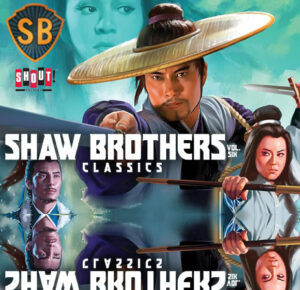
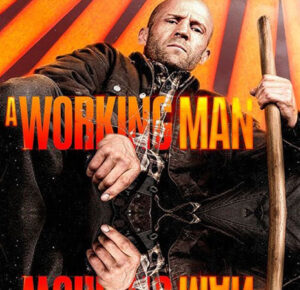
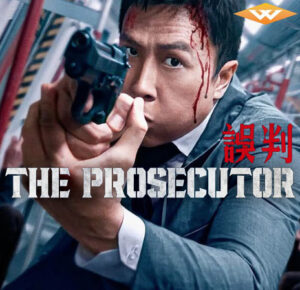
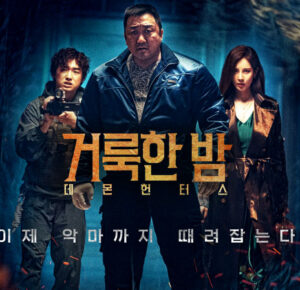















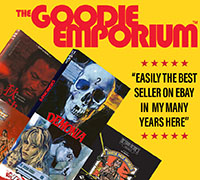
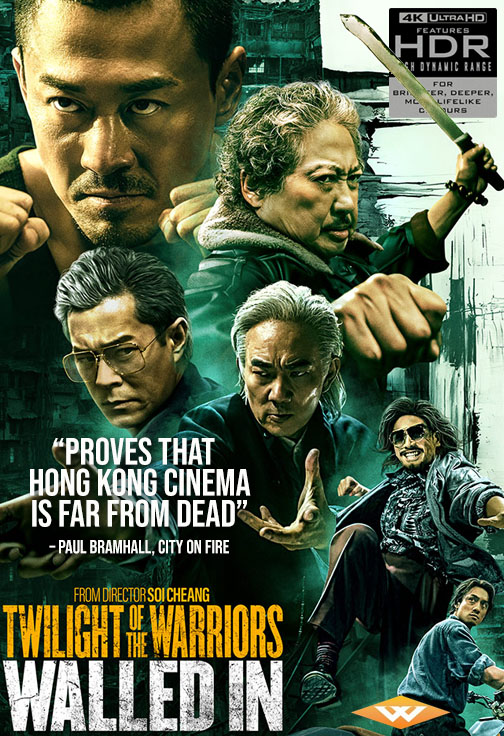

1 Comment